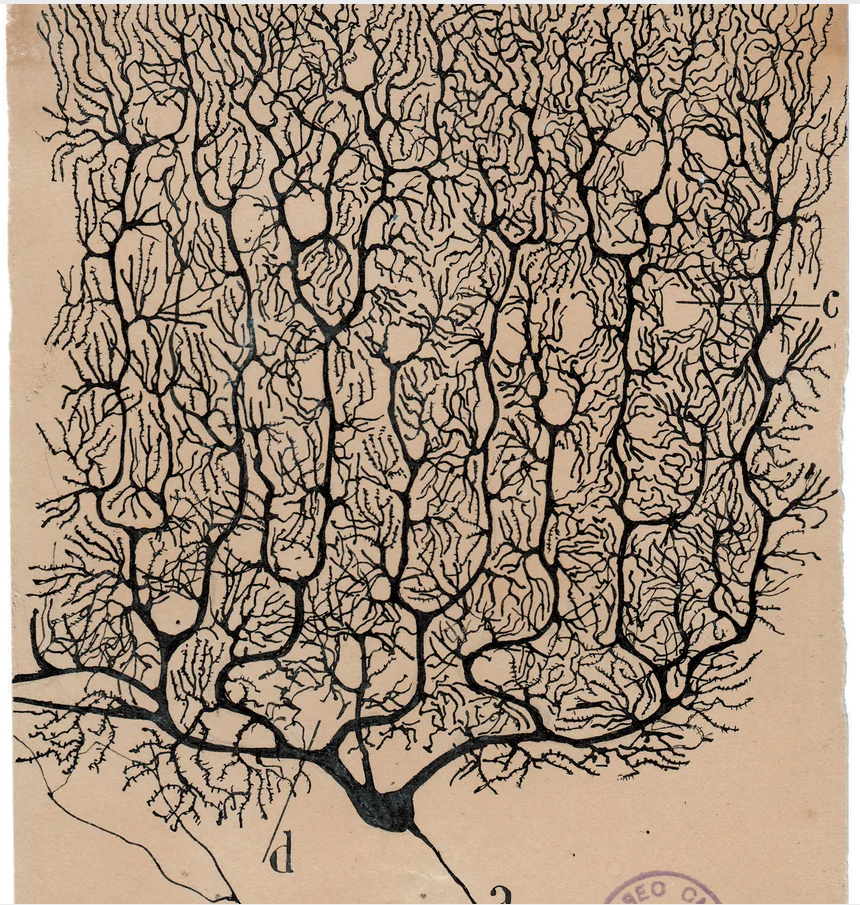
The Arts Ecosystem
The Arts ecosystem is an expansive network. Much like your brains neural networks, the more you use and make connections, the stronger they become. If you are like me, you want to understand what constitutes being an artist, where to find artistic and creative sources and outlets, how do we as a society learn to understand the importance of the arts in our children’s lives, and discern the difference between active (producer) vs. passive (consumer) of the arts. So much to unpack!

Importance of Art Instruction at Foundational Level
By, Virginia Valerio Lambert
Abstract: The overarching hypothesis is that early experiences with the arts in adolescence would likely influence support for the arts in adulthood. There were five hypothesis that were tested.

Construct Operationalization – Creativity
By, Virginia Valerio Lambert
Construct Definition: Creativity is a skill all individuals possess either in an active or passive capacity (Ripple, 1989). Creativity is actively exercised in a variety of disciplines and in everyday problem solving, and passively exercised through leisure activities and aesthetic appreciation. Creativity incorporates attributes of problem solving, innovation, and experimentation that lend themselves to greater success in an individual’s career.
More
